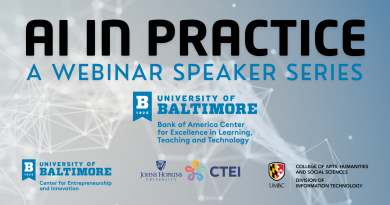Navigating Uncertainty: How Students Are Seeking New Learning Spaces
As higher education institutions respond to policies and regulations from a new administration, students continue to access knowledge on their own terms. Whether through short-form educational content on social media, modular online courses, or on-demand skill-building, students today are piecing together their learning experiences in ways that reflect their realities, financial pressures, time constraints, and a desire for relevant, applicable knowledge.
At CELTT, we are actively exploring how multimedia engagement can support faculty and students. Our AI in Practice webinar series, our Bee Real podcast, our upcoming PLCs, and our newly launched LinkedIn page are all part of an ongoing effort to provide engaging and accessible learning experiences. However, these efforts exist within a rapidly shifting landscape, one where students are turning to new and unexpected sources for education.
HillmanTok, for example, has emerged in response to growing concerns about the future of education in the United States. Inspired by the fictional HBCU Hillman College from A Different World, this grassroots initiative has become a space where Black educators and students gather to share knowledge, discuss critical issues, and create learning environments beyond established higher education frameworks. HillmanTok’s rise is not just an interesting trend, but a direct reaction to shifts in education policies, funding cuts, diminishing DEIB efforts, and technological uncertainties. If students are turning to alternative learning communities, what does that mean for institutions like UBalt? How do we continue to provide students with transformative education when the landscape of learning is shifting?
In a recent e-mail, President Schmoke emphasized that UBalt is an institution that evolves with change. But evolution is not passive; it requires intentional decisions about how we educate, engage, and empower students. By upholding these values, UBalt can ensure that students find both the structure and flexibility they need to succeed, whether in traditional classrooms or in the new learning spaces emerging around them.

